An advanced optogenetic visual prosthesis for patients with serious blindness due to photoreceptor loss.
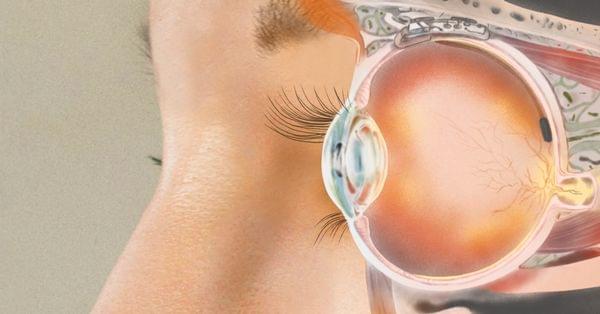

Neuralink’s invasive brain implant vs phantom neuro’s minimally invasive muscle implant. Deep dive on brain computer interfaces, Phantom Neuro, and the future of repairing missing functions.
Connor glass.
Phantom is creating a human-machine interfacing system for lifelike control of technology. We are currently hiring skilled and forward-thinking electrical, mechanical, UI, AR/VR, and Ai/ML engineers. Looking to get in touch with us? Send us an email at [email protected].
Phantom Neuro.
Phantom is a neurotechnology company, spun out of the lab at The Johns Hopkins University School of Medicine, that is enabling lifelike control of robotic orthopedic technologies, such as prosthetic limbs and exoskeletons. Phantom’s solution, the Phantom X, consists of low-risk implantable sensors, AI, and enabling software. By providing superior control of robotic orthopedic mechanisms, the Phantom X will drastically improve the lives of individuals with limb difference who have yet to see a tangible improvement in quality of life despite significant advancements in the field of robotics.
Links:
[email protected].
https://www.linkedin.com/in/connor-glass-md-010124141/
https://www.linkedin.com/company/phantomneuro/
https://twitter.com/phantom_neuro.
PODCAST INFO:
The Learning With Lowell show is a series for the everyday mammal. In this show we’ll learn about leadership, science, and people building their change into the world. The goal is to dig deeply into people who most of us wouldn’t normally ever get to hear. The Host of the show – Lowell Thompson-is a lifelong autodidact, serial problem solver, and founder of startups.
LINKS
Youtube: https://www.youtube.com/channel/UCzri06unR-lMXbl6sqWP_-Q
Youtube clips: https://www.youtube.com/channel/UC-B5x371AzTGgK-_q3U_KfA
Linkedin: https://www.linkedin.com/in/lowell-thompson-2227b074
Twitter: https://twitter.com/LWThompson5
Website: https://www.learningwithlowell.com/
Podcast email: [email protected].
Timestamps.
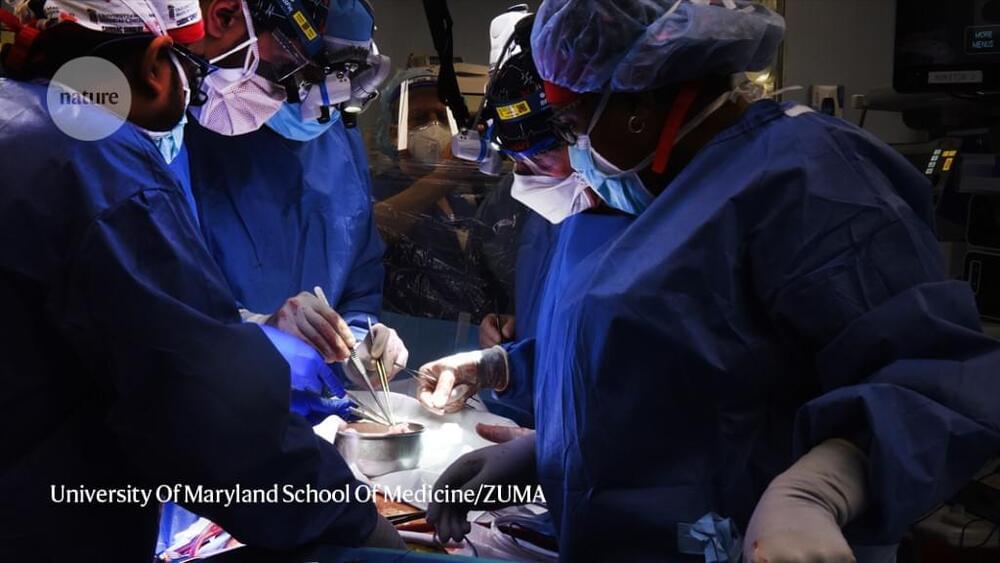
Unnecessary playing with nature.
In January, Bennett’s doctors offered him the chance to receive a heart from a pig. He took it. “I know it’s a shot in the dark, but it’s my last choice,” he said in a press release from the University of Maryland Medical Center in Baltimore, where he was being treated. On 7 January, doctors transplanted the heart, which had been genetically modified so that the human body would tolerate it.
Bennett survived for eight weeks with his new heart before his body shut down. After his death, the research team learnt that the transplanted organ was infected with a pig herpesvirus that had not been detected by tests1.
But even a few weeks is a long time for an animal organ placed in a human, known as a xenotransplant. Given that the human immune system begins attacking non-genetically modified pig organs in minutes, other xenotransplantation researchers are impressed with the experiment. “It’s actually beyond my expectation that the patient lived up to two months,” says Luhan Yang, a bioengineer and chief executive of Qihan Biotech in Hangzhou, China. “I think it’s a victory for the field.”

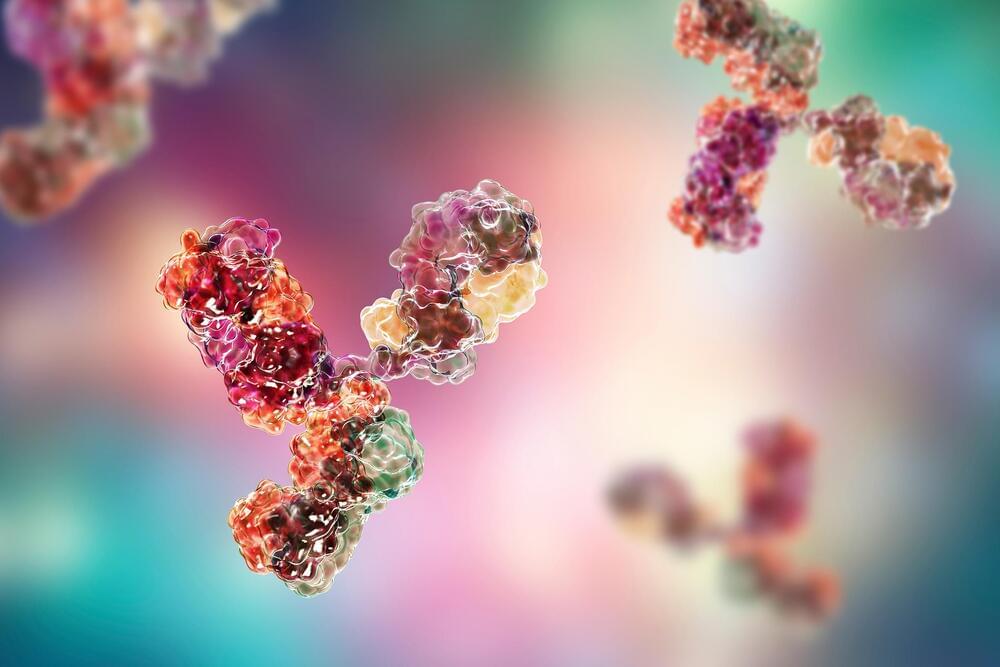
Scientists in Israel have created the first nano-robot antibodies designed to fight cancer. The first human trial for the new nano-robots will start soon, and it will determine just how effective the antibodies are. What is special about these particular antibodies, too, is that they are programmed to decide whether cells surrounding tumors are “bad” or “good.”
The trial is currently underway in Australia and if it goes according to plan, the nano-robot antibodies will be able to fight cells around tumors that can help the tumor while also boosting the capability of the cells inhibiting the growth of the cancerous cells. The antibodies were invented by Professor Yanay Ofran and are based on human and animal antibodies.
The goal of these nano-robot antibodies is to unlock the full potential that antibodies offer, Ofran says. Currently, the use of antibodies in medicine only utilizes a fraction of the capabilities offered by these natural disease fighters. As such, finding a way to maximize their capability has been a long-term goal for quite a while.

About 600 seemingly disparate fungi that never quite found a fit along the fungal family tree have been shown to have a common ancestor, according to a University of Alberta-led research team that used genome sequencing to give these peculiar creatures their own classification home.
“They don’t have any particular feature that you can see with the naked eye where you can say they belong to the same group. But when you go to the genome, suddenly this emerges,” says Toby Spribille, principal investigator on the project and associate professor in the Department of Biological Sciences.
“I like to think of these as the platypus and echidna of the fungal world.”
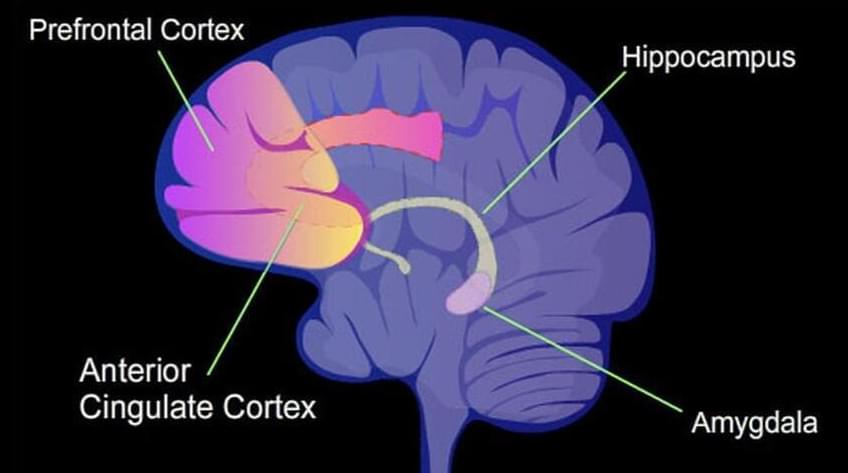
Major depressive disorder is associated with altered interoception — or the ability to sense the internal state of your body. Now, new brain imaging research provides evidence that depressed individuals tend to exhibit “faulty” neural processing of gastric interoception, particularly among those with high levels of rumination. The findings have been published in the Journal of Psychiatric Research.
“Repetitive negative thinking (RNT), usually referred to as ‘rumination’ in persons who suffer from depression, is a very significant clinical problem,” explained study author Salvador M. Guinjoan, a principal investigator at the Laureate Institute for Brain Research and associate professor at Oklahoma University Health Sciences Center at Tulsa.
“The reason is that when it is severe and persistent, RNT conditions higher chances of depression relapse and is associated with residual symptoms after treatment, is more common in persons who do not respond to treatment, and is even related to suicide. This particular communication refers to one among a series of projects in our lab attempting to understand rumination.”
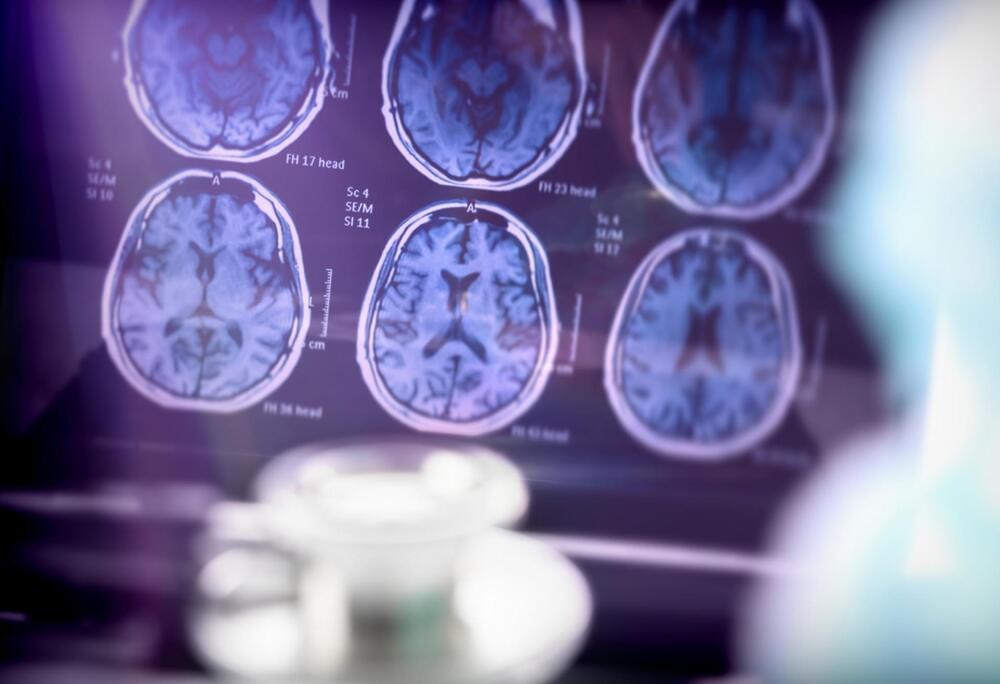
The discovery could lead to potential future targeted therapies and treatments for this brain disorder.
Researchers have found two novel genes that increase an individual’s risk of developing Alzheimer’s disease (AD). This disorder is the leading cause of dementia and has an estimated heritability —genetic factor causing variation in the population, or an inherited trait— of 70%.
Digicomphoto/iStock.
Details from the study.
New research shows that drug-resistant bacteria can make the journey from the digestive tract to the lungs, raising the probability of infection.
Oxford University has published a critical new study about what causes antimicrobial resistance (AMR) and what it does. The results, which were published in Nature Communications.
Luismmolina/iStock.
The Pseudomonas aeruginosa bacterium was found in the patient’s gut microbiome during the investigation. One of the most common germs to infect patients in hospitals is this species, which is also highly resistant to antibiotics.

A new performance system could avoid bonus and stock grant payments.
Google’s parent company Alphabet, which so far seemed immune to layoffs in the tech industry, is preparing to lay off as many as 10,000 employees. To do so, it has brought in a new system of ranking employee performance, Forbes.
Tech companies that rode the growth wave during the pandemic years have now begun to cut down their workforce amidst fears of a looming recession. Earlier this month, Meta announced that it was trimming its workforce, and Amazon too, has followed suit.